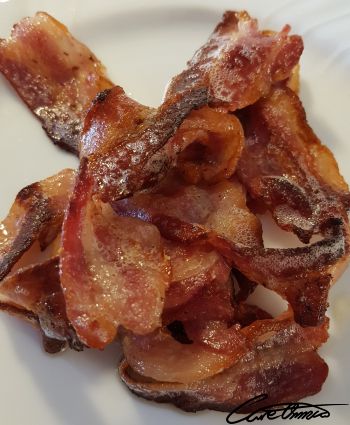What Is Myristelaidic Acid (14:1 t) & What Foods Can I Find It In?
Myristelaidic acid, 14:1 t, is the trans-isomer to myristoleic acid 14:1.
Myristelaidic acid is a naturally occurring fatty acid.
Myristelaidic acid is considered to be practically insoluble in water.
Myristelaidic acid is a monounsaturated trans fatty acid, that has primarily been detected in urine.
It's common to find myristelaidic acid in dairy and pork products.
Table of Contents
trans-Isomer Of Myristoleic Acid
14:1 t is also called Myristelaidic acid or 9E-tetradecenoic acid.
It’s a monounsaturated fatty acid and the trans-isomer of myristoleic acid 14:1. (source ◳)
The trans-isomer of myristoleic acid works as an intermediate in the biosynthesis of saturated fatty acids.
Myristelaidic acid can be produced by the bacterial degradation of myristic acid, which can be found in vegetable oils and animal fats.
Benefits Of Myristelaidic Acid
Myristelaidic acid is a natural fatty acid that has been used for a long time as an anti-inflammatory, anti-bacterial, anti-viral and anti-cancer agent.
It also shows potent activity against the bacteria that cause periodontitis.
Periodontitis is a common condition. It is a gum disease that is characterized by the presence of inflammation and loss of connective tissue and bone in the periodontium. In severe cases, teeth can become loose, which may eventually lead to tooth loss.
Foods You Can Find Myristelaidic Acid (14:1 t) In

You find Myristelaidic Acid (14:1 t) mostly in dairy and egg, and pork products.
Examples of food sources include
Foods in our nutrition tool
You can find regularly updated top-ranked lists of foods for over 200+ nutrients in our nutrition tool.
We currently have just a few foods in our nutrition tool that contain Myristelaidic Acid (14:1 t).
Here's our short list of foods that contain Myristelaidic Acid (14:1 t).

